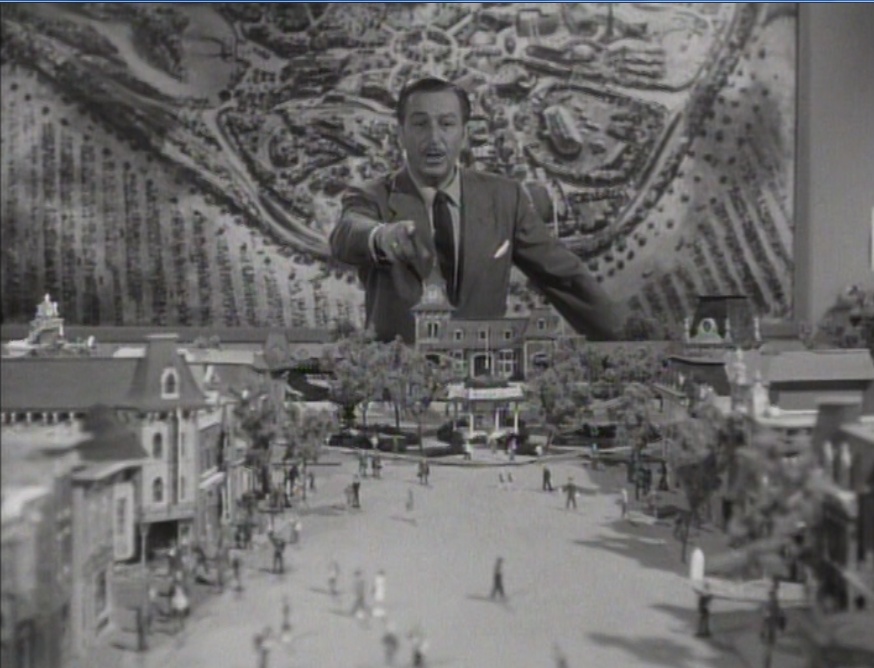In my recent post about Walt Disney’s knack for urban design, I alluded to the comparative disappointment of Disney World, the Florida Disney park brought to completion without Walt Disney’s involvement (the park opened in 1971, while Walt Disney had died in 1966). Yet I didn’t really get into the full scale of that disappointment. Disney World, as Walt Disney envisaged it, was intended to be a far grander and more ambitious project than it ultimately became. Rather than a network of theme parks and resorts, the Florida property was envisaged as a giant complex featuring not just a theme park and resorts but also an airport, industrial park and – most interestingly – a planned city known as EPCOT (for Experimental Prototype Community of Tomorrow).
The city wasn’t an afterthought: it was actually the most important element of the project in Disney’s mind. In a film prepared in 1966 to brief Florida legislature on the project, Disney emphasised EPCOT’s importance:
I don’t believe there’s a challenge anywhere in the world that’s more important to people everywhere than finding solutions to the problems of our cities. But where do we begin? How do we start answering this great challenge? Well, we’re convinced we must start with the public need. And the need is not just for curing the old ills of old cities. We think the need is for starting from scratch on virgin land and building a special type of new community.
This interest in urban planning did not come from nowhere: Disney’s interest had been growing for some time. From the late 1940s onwards, as his interest in animation waned, Disney’s principal creative output had become his contribution to the physical environment. Disneyland was, of course, the most obvious example, but this interest manifested itself in numerous sphere of his life. At a small scale, in his domestic sphere, he became immersed in the construction of elaborate model railways in his home. He had also turned his mind to the effect of the physical environment on creative endeavour when he planned his new studio in Burbank in the late 1930s and then, later, through his involvement in the planning of a campus for the newly-formed California Institute of the Arts in the early 1960s. He dabbled in property development with the proposed (but never built) Mineral Kings ski resort in Southern California, and with an urban renewal project in his plans to redevelop a two block area of riverfront in St. Louis. In the immediate aftermath of the Disneyland project, he spun off the work on its attractions and people movement systems into design work on several World’s Fairs, as well as monorail and “People Mover” designs of potentially wider application.

